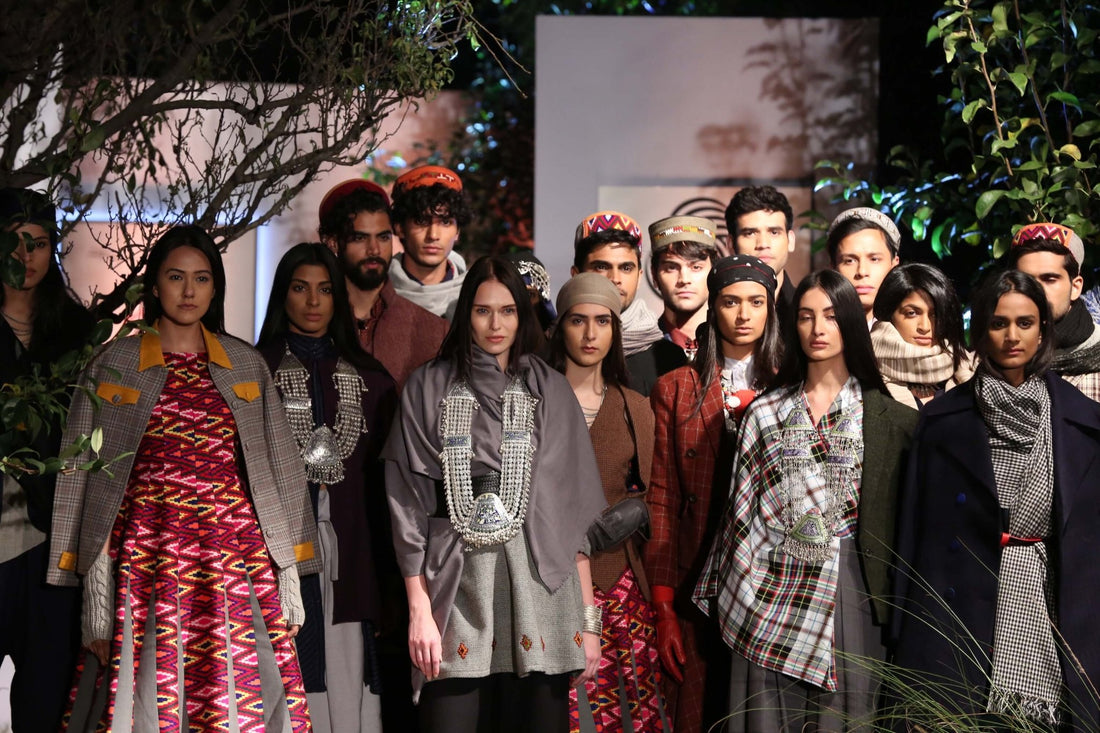
Himachali Caps: More Than Just a Hat, A Story of Tradition
On a cold morning in Himachal, an old man sat by a crackling fire, adjusting the beautiful cap on his head. His grandson watched curiously and asked, "Dadaji, why do you always wear this topi?" The old man smiled and placed it on his head. "This is not just a topi, beta. It carries the colors of our land, the respect of our people, and the pride of our traditions."
The Himachali cap, also known as the Pahari topi, is not just for style—it is a sign of identity and respect. People in Himachal wear it during Nati (traditional dance), marriages, festivals, and daily work. Even politicians proudly wear Himachali caps in public events. It is a way to show love for their culture and heritage.
Different Types of Himachali Caps
Each region in Himachal has its own special cap, with unique colors and patterns. Here are the most famous ones:
1. Kullu Topi – The Colorful One
 The Kullu topi is the most well-known, with bright embroidery on the front. The patterns are inspired by Kullu mountains and famous shawls. Red, green, black, and orange designs make it look lively. This cap is a favorite in Kullu and nearby areas.
The Kullu topi is the most well-known, with bright embroidery on the front. The patterns are inspired by Kullu mountains and famous shawls. Red, green, black, and orange designs make it look lively. This cap is a favorite in Kullu and nearby areas.
2. Malana Topi – The Cap of a Secret Village
 Malana, a small and mysterious village in Himachal, has its own unique topi. Unlike other Himachali caps, the Malana topi is usually simple, made of soft wool with fewer decorations. It reflects the independent and unique culture of the Malana people.
Malana, a small and mysterious village in Himachal, has its own unique topi. Unlike other Himachali caps, the Malana topi is usually simple, made of soft wool with fewer decorations. It reflects the independent and unique culture of the Malana people.
3. Rampur (Bushehri) Topi – The Royal Look
 This cap comes from Rampur Bushahr, once a princely state. The Bushehri topi is often made of velvet and has rich embroidery. The colors, usually red, violet and green, represent royalty and tradition. It is commonly worn in Shimla, Rampur, and nearby areas, especially during festivals and special events.
This cap comes from Rampur Bushahr, once a princely state. The Bushehri topi is often made of velvet and has rich embroidery. The colors, usually red, violet and green, represent royalty and tradition. It is commonly worn in Shimla, Rampur, and nearby areas, especially during festivals and special events.
4. Kinnauri Topi – The Green Band of Tradition
 The Kinnauri topi is inspired from Kinnauri shawls, which stands for peace and prosperity. This cap comes from Kinnaur and is linked to the region’s old traditions and trade with Tibet. Many people in Kinnaur and nearby areas wear this cap with their traditional dress.
The Kinnauri topi is inspired from Kinnauri shawls, which stands for peace and prosperity. This cap comes from Kinnaur and is linked to the region’s old traditions and trade with Tibet. Many people in Kinnaur and nearby areas wear this cap with their traditional dress.
5. Lahauli Topi – The Cap from the Cold Desert

The Lahauli topi is simple yet warm, perfect for the cold weather of Lahaul-Spiti. Made from thick wool, it protects people from freezing temperatures. The designs are often inspired by Tibetan and Buddhist art, showing the region’s deep spiritual and cultural roots.
Decorative Elements of Himachali Cap
Himachali caps are not just plain headwear; they are decorated with beautiful elements that make them even more special:
Monal Feather (Kalgi) :
Traditionally, Himachali caps have been adorned with the vibrant crest feathers of the Himalayan Monal, the former state bird of Himachal Pradesh. However, due to concerns over poaching and the declining population of this species, the use of genuine Monal feathers has been strictly prohibited.
To honor tradition while adhering to conservation laws, many individuals now opt for artificial or ethically sourced alternatives to decorate their caps. This approach allows for the preservation of cultural practices without compromising the well-being of the Himalayan Monal.
2. White Flowers :

A common decorative element for the Himachali topi are the white flowers of a tree called Arlu, which is found in Mandi (H.P). This flower is often handcrafted and attached to the cap, symbolizing purity and adding a touch of elegance. While the specific tree (oroxylum indicum) from which the flower originates is not well-documented, artificial versions are widely used today.
3. Gold and Silver Brooches (Chand or Joth):
The Himachali topi is frequently embellished with brooches made of gold or silver, commonly referred to as "Chand" or "Joth." These ornaments are often half-moon shaped and hold cultural significance, representing pride and status within the community. They are intricately designed and add a distinct charm to the cap.
Find Your Own Himachali Topi
If you want to own a piece of this heritage, Bhuttico offers a wide range of authentic Himachali caps, each made by skilled artisans. From the bright Kullu topi to the royal Bushehri topi, we have something for everyone.
Conclusion : Himachali caps a living tradition
Himachali caps are more than just accessories—they show pride, respect, and tradition. These caps are often given as gifts to guests, politicians, and important people as a sign of honor. Many travelers also buy them as souvenirs to take a piece of Himachal’s culture home.
As times change, these caps remain a strong part of Himachali culture.
Next time you see a Himachali cap, ask yourself—what story does it tell, and which one would you like to wear? Comment below!
